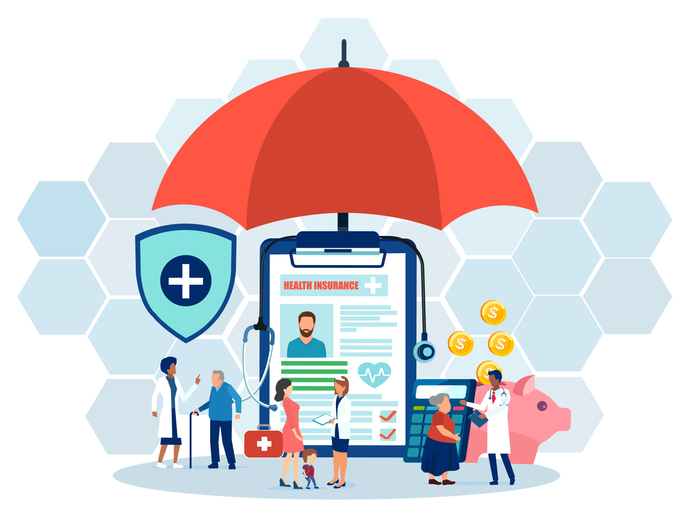If there’s one diss for a digital health device I’ve heard voiced more frequently than any other it’s this: it’s a solution or technology in search of a problem. It implies a certain level of arrogance by the inventor that a technology will be so brilliant that healthcare professionals will find a way to adapt it to their needs.
It’s a fair question for Google Glass, especially in healthcare where it’s been part of the experimentation process as companies like Augmedix and Pristine collaborate with clinicians evaluate it for telemedicine, medical education, surgical checklists. I posed that question to some panelists this week after a session I moderated on Google Glass at the mHealth Summit in Washington, D.C. this week. Here’s what they said.
Kyle Samani, founder and CEO of Pristine said: “I would say that generally, [Google Glass] is a solution in search of a problem. So was the desktop computer in 1978. So was the iPad in 2010. What I can tell you is that fundamentally, glasses-computers make sense in healthcare. Hands free is better than not-hands free. So applications will emerge in areas where folks need to keep their hands available.”
Dr. Paul Porter is an emergency medical physician for Rhode Island, Hasbro Children’s and The Miriam hospitals in the Lifespan health system. and the Director of Special Projects and Telemedicine at Brown University in Rhode Island. He has used Google Glass in the first pilot of the technology in an ER setting, in this case for teledermatology consults. In his presentation, he pointed out some of the pros and cons of using Google Glass that the pilot revealed. Teledermatology is of particular interest because it can often take months to get an appointment with a dermatologist. The goal was to assess the feasibility and acceptability of Google Glass for emergency room consults. Although the majority of the 34 people who participated in the pilot liked it better than a telephone consult, some of the challenges of the technology were its bugginess, since it is still in beta, and the variability of each hospital’s IT infrastructure.
When he was asked about whether Google Glass was a technology in search of a problem he pointed to Scot scientist Alexander Fleming who was trying to develop an antiseptic. He said: “Many devices are that way. The first paper written on penicillin extolled its virtues in purifying lab culture dishes.”
Sean Lunde is a consultant for Wipro’s Healthcare and Life Sciences Consulting Group where he leads Wipro’s mHealth initiatives. He pointed to Near Field Communication. He noted that most people “thought this technology was dead until Apple used it as the core technology behind Apple Pay.” In his presentation he contrasted the use of Glass in a couple of pilots: ambulances in India compared with air ambulances in rural communities in the U.S. He noted that one great thing about the technology is that the pilots are teaching the people who run them the principles of good health information design.
[Google glass image from flickr user Ted Eytan]














